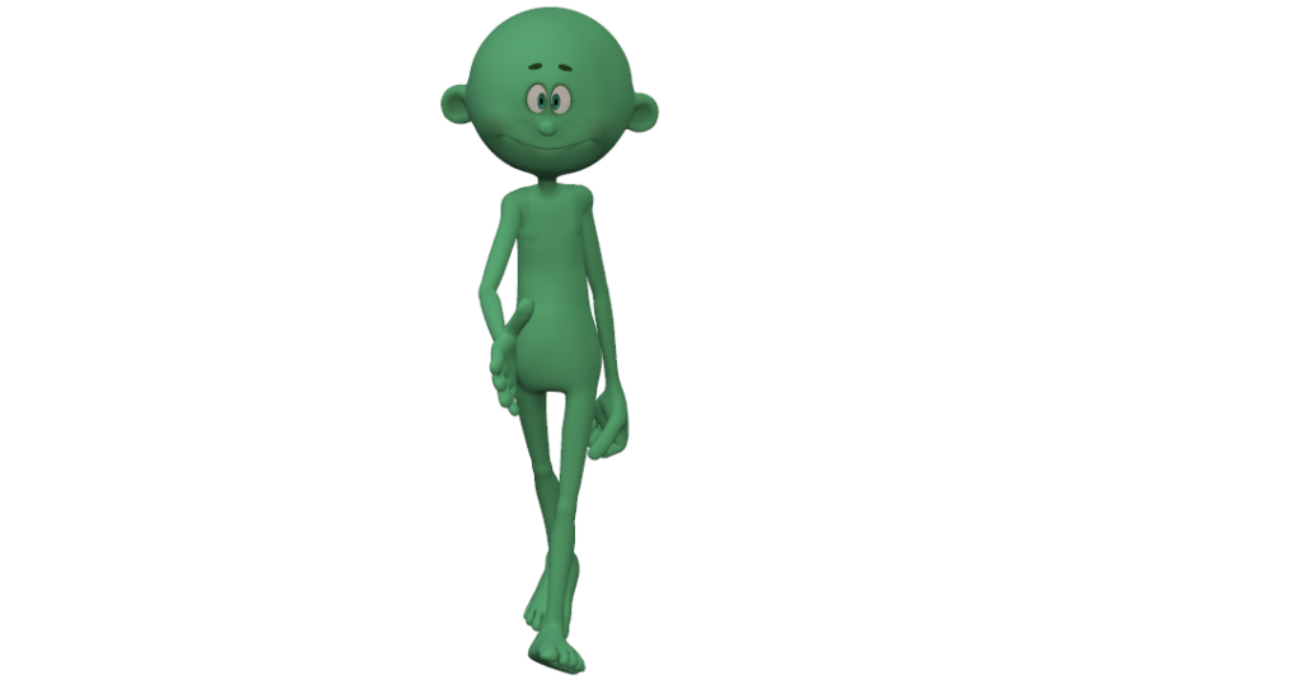Love that exercise
(December 12, 2017) Physical activity and exercise are popular these days. Well, they’re trendy to talk and read about but seems that they are not so popular to actually do. Becoming and staying active can be hard and a real challenge for some people. Exercise adoption is traditionally seen by exercise professionals as a 2-phase process. Building a habit is seen as being the taxing first phase, after which the focus can then shift to the second phase of optimising effectiveness and results.
A thing called the Transtheoretical Model (there’s a mouthful – it’s more commonly known as the Stages of Change Model – no less a mouthful!) is often used to help explain exercise adoption. This model developed by Prochaska & DiClemente (1983) was initially for dealing with smoking behaviours. The model suggests that people seeking behavioural change move through five stages; precontemplation (not really ready to engage with a new behaviour), contemplation (getting ready to make changes), preparation (ready to make a move), action (doing something about it) and maintenance (keeping the new behaviour up). I don’t know – this concept might work for some people. I’m not overly convinced that it puts enough emphasis in the right places, and there is always the difficulty of deciding what stage(s) an individual might be at. Motivational Interviewing, a form of counselling attributed to Miller and Rollnick (1991), is supposed to be one way of helping to identify a client’s motivational stage, but again skeptic me – it always seems a bit hit and miss. As an exercise professional I’m a little more pragmatic and would rather focus my energy on the people who have decided on some form of action! The fact that we continue to lose so many of these Action stage people is tragic – well not really tragic, tragic is a bit more life and death- but a great opportunity missed. As an exercise professional I’m a little less enthused about attempting to persuade people to change their lives than I am about making the most of any opportunity when someone opts to give exercise a go. It’s a crying shame if that we lose them when they are intending to be more active.
Our experience is that there might be a very much overlooked precursor to the ‘habit’ phase. I’ve called this different things but have eventually settled on calling it the ACCOMMODATION phase. This I stole from the relationships literature (Rusbult et al, 1991), and I reckon relationships are a pretty good analogy here. Think about dating and the first time that you meet a potential new partner – you don’t know much about them and they don’t know you. You don’t know how they think, behave, what they like or dislike – you don’t have any idea of the nuances of this person. So you tread warily, you subtly feel the connection out, and if a good relationship is going to develop you will both eventually make accommodations to contribute to mutual compatibility and make the relationship work. I believe there’s a similar accommodation phase when we start out with exercise. Depending on your previous experience you may not be prepared for any number of things. The feelings – the racing heart rate, sweating, rapid breathing, muscle pains and discomfort, the next day’s muscle soreness or the afternoon fatigue. You’re not used to the time it takes out of your day, the need to remember gear, to rush through a shower, being seen sweating and with a beet red face in public.

To me, exercise professionals need to understand that there could be all sorts of possible feelings that clients may encounter when starting out with exercise. For any good relationship to work there needs to be accommodations on both sides – you have to get used to the pounding chest and the sweat, but we can fiddle with that exercise programme also. We can ensure that the sessions are not quite as hard or as long – we can make them more compatible with your expectations and physical and mental feelings. The trouble is that too many people, probably with the overly enthusiastic encouragement of their advisors, are convinced that they need to leap straight into what is perceived to be effective without considering how sustainable that might be. The experts suggest that it takes around 6-months to establish an exercise habit (god knows how they figure that out) – I’m guessing the accommodation phase might take 3–4 weeks (just my guess – don’t quote me) for people making these small, often imperceptible, accommodations on both sides to find their groove. Many drop out of exercise around this time and maybe that’s because we (exercise professionals) missed those subtle signals and failed to help people accommodate to physical activity or exercise.
What I’m saying is that like relationships, there is no perfect model for exercise – the trick is finding a level that is going to be sustainable so that you can enter into a long and happy relationship with exercise.
Best, Phil
